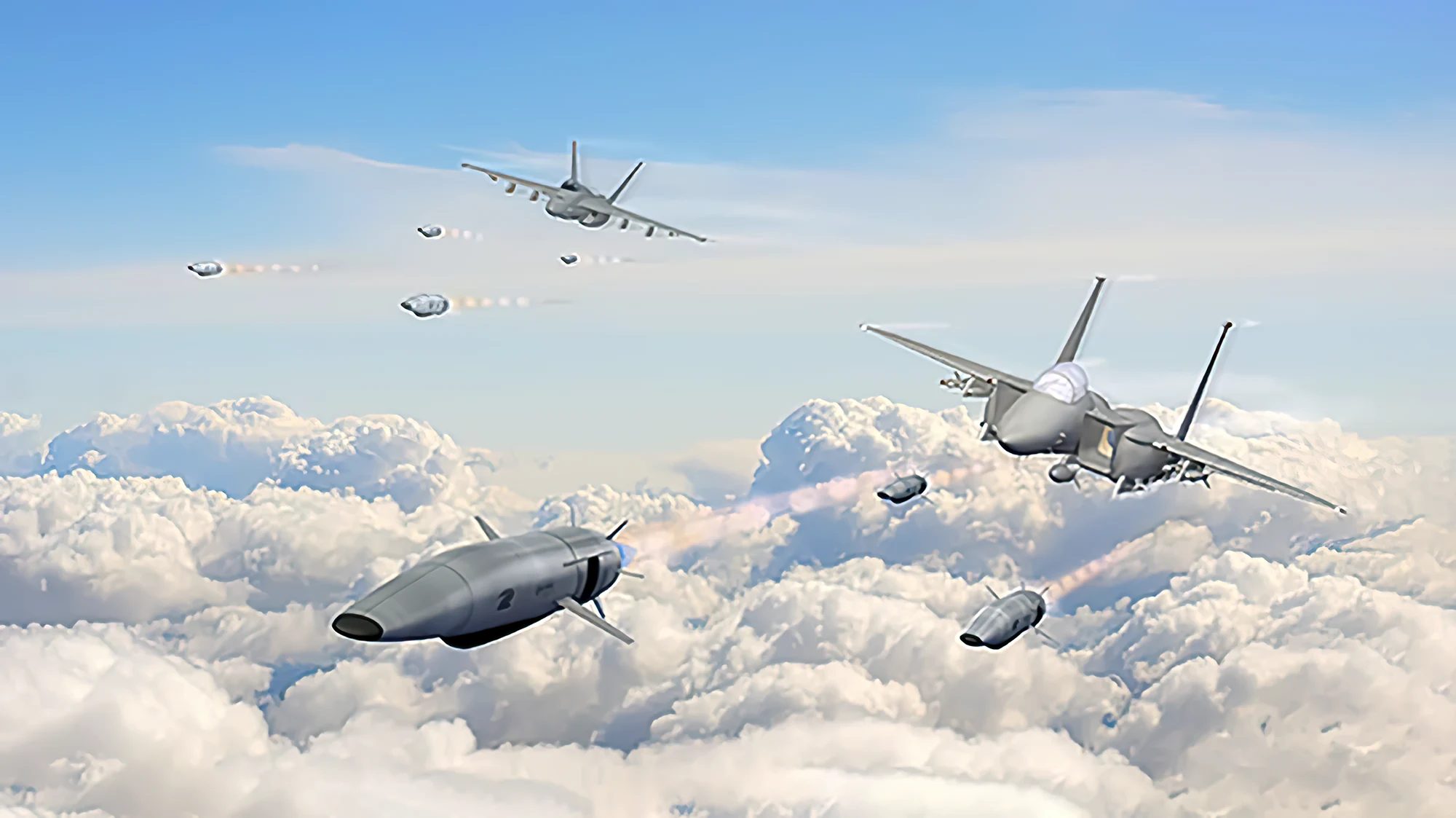The concept of wireless energy transfer is not new, dating back to Nikola Tesla’s experiments in the 19th century.
Raytheon and innovation in laser transmission for unmanned systems and sensors
Raytheon, in its two-year contract, focuses on the design of a system that facilitates the creation of “networks” capable of collecting, transmitting and redirecting optical beams. This system is crucial for the effective and long-range operation of drones and other unmanned devices, incorporating advanced capabilities in sensors and effectors. The proposal is part of the Persistent Optical Wireless Energy Relay program (POWER) from DARPA, intended to revolutionize energy transmission for military operations.

The project POWER is not the only one of its kind; Two other teams are also participating in this technological race, Draper and BEAM Co, demonstrating the competitiveness and dynamism in this sector. The vision of DARPA with this program is clear: to overcome the limitations of energy storage and generation in autonomous platforms, opening a new horizon in the design of smaller, cheaper sensor and weapon systems with substantially expanded capabilities.
The concept of wireless energy transfer is not new, dating back to Nikola Tesla’s experiments in the 19th century. However, its practical and efficient application in a military context represents a significant technological challenge. Advances in this field, including microwave research and demonstrations of laser energy transmission, have paved the way for this ambitious project.
Strategic implications and challenges of laser energy transfer in military operations
 DARPA
DARPAWhen betting on the project, the power of DARPA promises more efficient and concentrated energy transmission than microwave techniques. This approach has important implications in the military field, particularly in operations that require speed, autonomy and the ability to maneuver in hostile environments. The possibility of maintaining distributed and persistent aerial platforms powered wirelessly could revolutionize tactics and strategies in modern conflict scenarios.
Heather Roff, research scientist at CNA, highlights the strategic relevance of this development, noting that Air operations bases and logistics are priority targets in current conflicts. The ability to maneuver rapidly and distributedly without the need for conventional resupply could mean a considerable tactical advantage, particularly in air access denial scenarios (A2AD). This, in turn, would enable the deployment of persistent and distributed assets crucial for the Suppression of Enemy Air Defenses (SEAD) missions.
 DARPA
DARPAHowever, as Roff points out, this advance also poses challenges, including the complexity of maintaining an effective and sustainable “aerial occupation.” Implementing this technology is not without technical and operational difficulties and requires a meticulous approach for its effective integration into current military strategies. In conclusion, the Raytheon project under the auspices of DARPA represents a significant step in the field of military technology, with the potential to transform drone operations and energy management in war contexts.
What advances does DARPA’s POWER project bring in drones?
DARPA’s POWER project, developed by Raytheon, introduces significant advances in laser drone control technology. This $10 million system enables power transmission from the ground to high-altitude drones, overcoming the limitations of power generation and storage on autonomous platforms. It represents a big step in military drones’ efficiency and operational range.
How does Raytheon innovate in laser transmission?
Raytheon, under DARPA’s POWER program, is innovating laser transmission for drones and sensors. Its focus is on networks that collect, transmit and redirect optical beams, essential for the efficient operation of drones and unmanned devices. These innovations point to more compact, cost-effective weapons and sensor systems with expanded capabilities.
What are the implications of laser energy in the military?
Laser energy transfer, such as that driven by DARPA’s Project POWER, has significant military-strategic implications. This technology promises faster and more autonomous operations, especially in hostile scenarios. It facilitates maintaining persistent air platforms without conventional resupply, revolutionizing tactics and strategies in modern conflicts.
What challenges does the laser aerial occupation face?
Implementing laser energy transfer in airborne occupation poses technical and operational challenges, such as in DARPA’s POWER project. According to researcher Heather Roff, maintaining an effective and sustainable laser air presence requires meticulous integration into military strategies, addressing technical complexities and ensuring tactical effectiveness.
Who else is involved in military laser technology?
In addition to Raytheon on DARPA’s POWER project, companies such as Draper and BEAM Co are also involved in developing laser technologies for military use. These companies are working on similar systems, demonstrating the competitiveness and dynamism in the military technology sector focused on power transmission and drone control.



